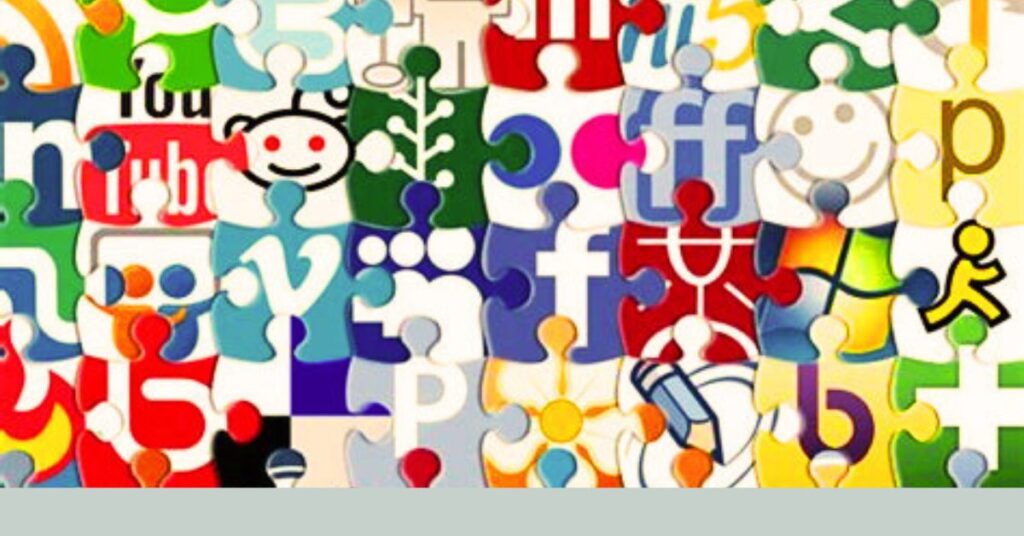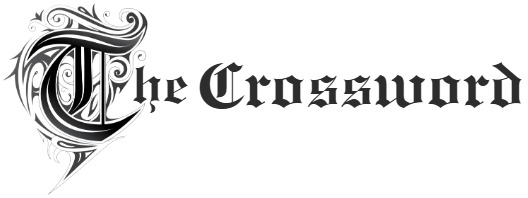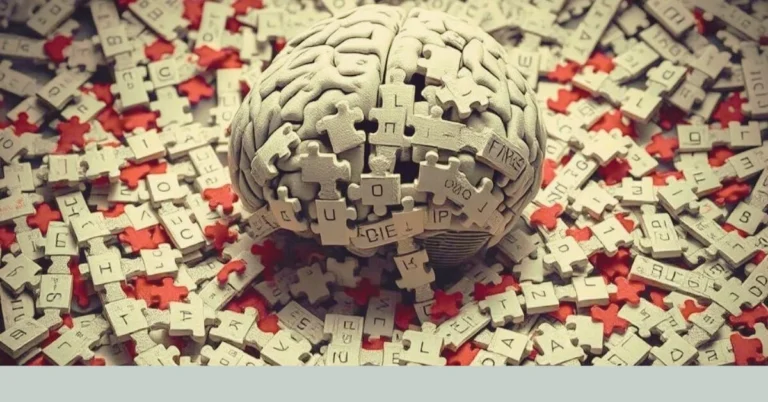The mindless NYT crossword has become a staple in the daily routines of millions, offering a seemingly simple form of entertainment that has managed to capture the attention of a diverse audience. What begins as a puzzle to pass the time often evolves into an activity that offers much more than meets the eye. With its increasing popularity, the mindless NYT crossword has sparked debates about the nature of leisure activities, cognitive exercise, and how people engage with their minds in the digital age.
The Appeal of the Mindless NYT Crossword
At first glance, the mindless NYT crossword is an easy activity that simply fills in blanks with words that fit specific clues. However, as many seasoned solvers will tell you, it is far from mindless. The simplicity of the task, however, contributes to its charm. Unlike other complex forms of entertainment, the crossword offers an escape. At this moment, one can disconnect from the intensity of daily life without needing to exert an overwhelming amount of energy.
The allure of the mindless NYT crossword lies in its accessibility. Anyone, from a seasoned wordsmith to someone who may never have completed a crossword before, can sit down and attempt it. The structure of the puzzle, with its consistent grid of intersecting words, provides a comforting sense of predictability. Over time, solving the crossword becomes not just a passive activity but an evolving ritual, one that offers a sense of achievement with every correct word placed.
Cognitive Benefits of Engaging with the Mindless NYT Crossword

While the mindless NYT crossword is often viewed as a leisurely activity, it offers a variety of cognitive benefits that should not be underestimated. Engaging with crossword puzzles can improve memory, vocabulary, and overall mental agility. Though it may appear to be “mindless” to some, completing a puzzle requires a good deal of mental energy, particularly when navigating tricky clues and word choices.
The act of solving the mindless NYT crossword also engages both hemispheres of the brain. The left hemisphere is responsible for language and logic, so solving clues and finding the right words involves significant left-brain activity. The right hemisphere, which is linked to creativity and pattern recognition, is activated as solvers work through obscure clues or unfamiliar references. This dual engagement of the brain’s hemispheres enhances problem-solving abilities and cognitive flexibility.
Moreover, regularly working through puzzles like the mindless NYT crossword has been shown to delay the onset of age-related cognitive decline. Studies have demonstrated that mentally stimulating activities, such as crossword solving, can help keep the brain active and healthy, reducing the risks of Alzheimer’s disease and dementia in later years. So, while many people may dismiss the crossword as “mindless,” it can have profound effects on brain health.
The Role of the Mindless NYT Crossword in Modern Society
In today’s fast-paced, tech-driven world, the mindless NYT crossword offers a rare opportunity to disconnect from the overwhelming influx of information. It serves as a brief reprieve from the constant barrage of social media updates, news notifications, and digital distractions. Many solvers view the puzzle as an act of mindfulness—a simple, repetitive activity that allows them to slow down and focus their attention on something that is both engaging and satisfying.
In a world where instant gratification is often the norm, the mindless NYT crossword offers a different kind of reward system. The process of filling in the puzzle square by square, as clues become clearer and pieces fall into place, provides a sense of accomplishment that is not immediate but earned over time. This slower, more methodical form of gratification can be a welcome contrast to the fast-paced nature of modern life, which tends to prioritize quick results over sustained effort.
The mindless NYT crossword also plays a unique social role. In offices, homes, and coffee shops, it is not uncommon for people to gather around the crossword puzzle and share their knowledge. This collaborative aspect can foster a sense of community and encourage social interaction. Online forums dedicated to solving the mindless NYT crossword have sprung up, allowing people from different walks of life to engage in a shared intellectual pursuit, further deepening its appeal.
The Evolution of the Mindless NYT Crossword
The mindless NYT crossword has come a long way since its first appearance in The New York Times in 1942. Initially, crossword puzzles were a niche form of entertainment for a select group of people, primarily those with a strong command of language and a passion for puzzles. However, over time, the format has evolved to become more inclusive, appealing to a broader demographic.
In the past, crosswords were often filled with obscure references and challenging vocabulary that could only be solved by the most ardent of solvers. Today, the mindless NYT crossword has become more accessible, with clues that range from the simple to the complex, making it easier for beginners to dip their toes into the world of crossword solving. Additionally, the puzzle now includes more pop culture references, making it more relatable to modern audiences who may not be familiar with classical literature or historical figures.
Technological advancements have also contributed to the evolution of the mindless NYT crossword. Online versions of the puzzle allow solvers to work on the crossword from the comfort of their homes, using a variety of devices. These digital platforms often come with helpful features, such as instant feedback and hints, which provide an interactive experience that enhances the overall enjoyment of solving the puzzle.
The Mindless NYT Crossword and Its Impact on Language

The mindless NYT crossword has a unique impact on language. Because crossword puzzles rely heavily on wordplay, solvers are exposed to a vast range of vocabulary, from obscure terms to colloquial expressions. As a result, crossword solvers often have a more expansive vocabulary than those who do not regularly engage in puzzle-solving. This exposure can lead to a greater appreciation for language, as well as an improved ability to understand complex texts.
Furthermore, the mindless NYT crossword often reflects trends in language and culture. Clues and answers change over time, reflecting the evolving lexicon and the shifting concerns of society. For example, a crossword puzzle from the early 20th century may include references to historical events and figures that are no longer as prominent in modern discourse. Conversely, contemporary puzzles may feature references to popular culture, technology, and current events, keeping solvers engaged with the world around them.
In this way, the mindless NYT crossword serves as both a mirror and a contributor to the development of language, helping to preserve linguistic traditions while simultaneously embracing modern influences.
Why the Mindless NYT Crossword Is More Than Just Entertainment
Despite its reputation as a simple and “mindless” activity, the mindless NYT crossword offers far more than entertainment. It provides mental stimulation, cognitive benefits, social engagement, and even a sense of community. By encouraging solvers to stretch their mental faculties, it fosters intellectual growth and well-being. Moreover, in a world that is often dominated by digital distractions, it offers a rare opportunity to slow down and engage with a task that is both challenging and rewarding.
In many ways, the mindless NYT crossword is the perfect metaphor for modern life. On the surface, it may appear simple and straightforward, but beneath that simplicity lies a complex and rewarding activity that encourages mindfulness, problem-solving, and intellectual engagement. Its enduring popularity is a testament to the fact that, in an age of constant distractions, the need for quiet, focused moments of reflection is stronger than ever.
Conclusion
The mindless NYT crossword may appear as nothing more than a daily diversion, but it is, in fact, a powerful tool for mental and emotional engagement. Its accessibility, cognitive benefits, and cultural relevance have made it a beloved pastime for millions of people around the world. In an age where instant gratification often takes precedence, the crossword offers a slower, more deliberate form of enjoyment—one that rewards persistence, creativity, and focus. Whether you are a seasoned solver or a casual participant, the mindless NYT crossword remains a unique and enduring form of entertainment that provides much more than meets the eye.



